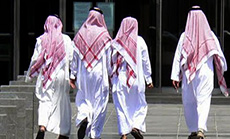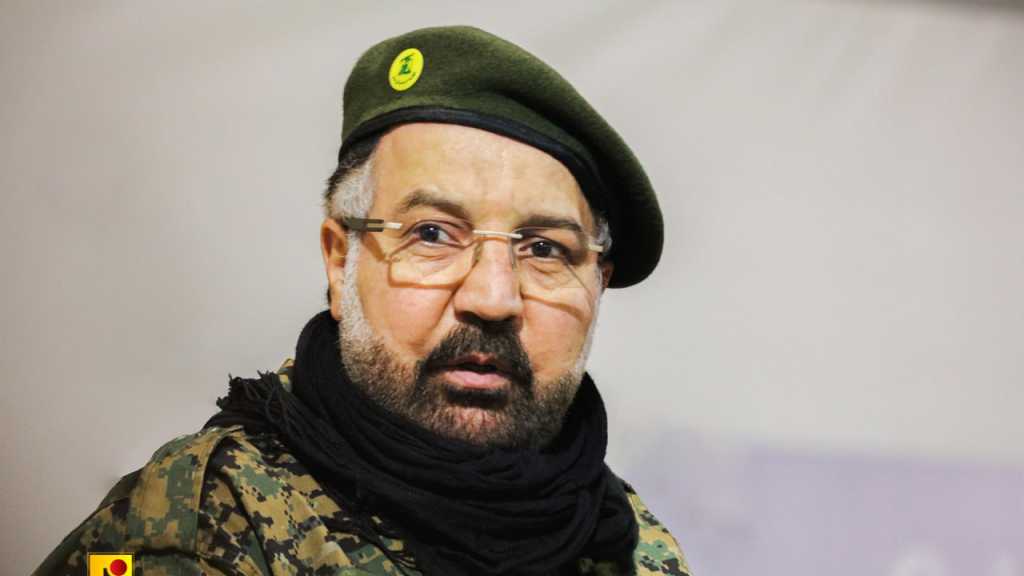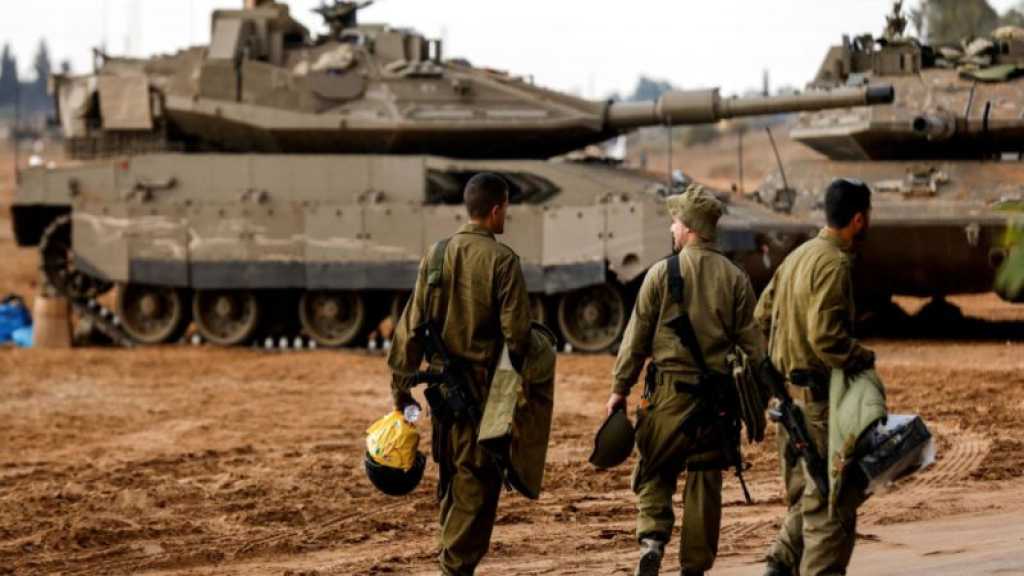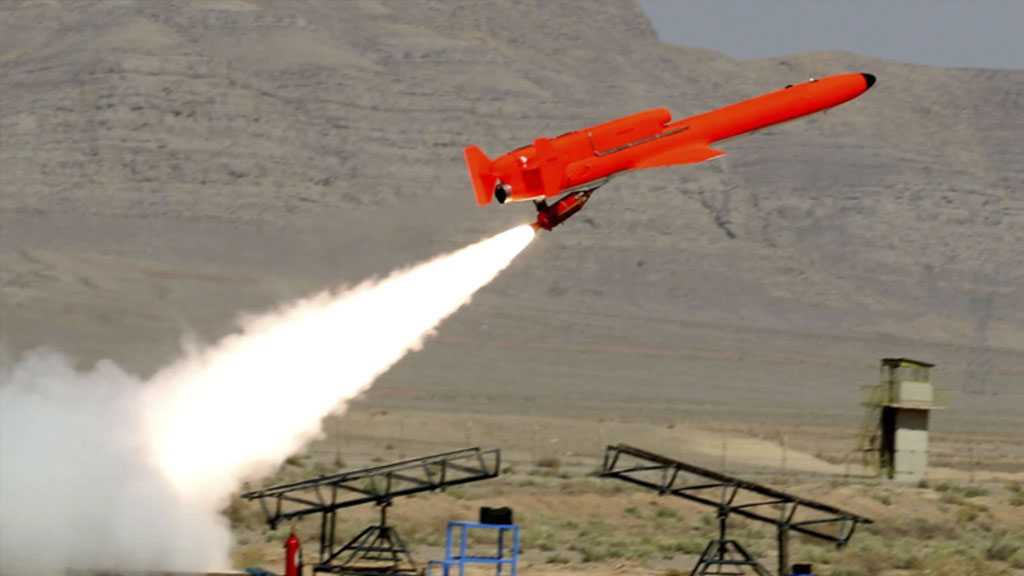Wahhabism: The Ideological Tool of the 21st Century Imperialism

Al-Akhabr, Nahed Hatar
In every stage of Imperialism, there existed a ruling ideology, or a ruling ideological tool.

Other ruling ideologies or ruling ideological tools consisted of the antagonizing communism in the name of "freedom" during the cold war as well as the globalized market economy and neoliberalism that opposed nationalist countries and their socio-economic role, in an era of uni-polarity.
Still, the ideological factor essential in the new Western-American vision of the world solidified in the post modernistic system, or for the sake of integrity and accuracy, in the anti-modernistic framework.
If the values of modernism are based on production, reason, humanity, scientific objectivity, and the national-ethnic state etc..., then the post modernistic thought will be based on the centralization of banking and financial - real estate - power tools, irrationality, ridiculing the human values, considering objectivity fake, falsifying the standards, and dismantling ethnic nations.
Facing this ideological route, ethnic nations started mobilizing to retrieve the values of modernism, as in Russia and other growing countries with modernistic directions.
This challenge varies, qualitatively, from the communist challenge; it falls under the title of economic competition, and traverses the global capitalism itself, pushing towards new prototypes of national capitalisms, and non-colonial expansion assets.
China for example, had expanded globally without having to mobilize its army outside its borders.
Furthermore, Russia waves with the flag of ethnicity and nationality in the era of western globalization, which is based on subjecting the whole world completely under the power of a united socioeconomic cultural model, which is the American model.
The Russians, as an ideology, are restoring the values of modernity where obedience to the international legitimacy is in its values' forefront.
Throughout the cold war's last decade, the United States sought after the Wahhabis Islam in its various versions of brotherhood and terrorist Takfirism in order to fight their final battle against the Soviets in Afghanistan.
Thus, when the Soviet Union and its global framework fell apart along with the uprising of a new stage of uni-polarity and open-source neoliberalism, Washington decided it was time to set the "Wahhabist Islam" weapon aside.
Nonetheless, it initiated - under the influence of neoconservatives -the disposal of the "Vietnam Complex" by sending the American Armed Forces to accomplish war missions, calmed by the former fear-balance with Moscow.
This experience, however, ended up with the development of the "Iraq Complex".
Once again, Washington began to think of using Wahhabist assets. So the Iraqi resistance - which had risen unprecedented bars in fire power and persistence - was weakened and drowned in the sectarian civil war.
While "Al Qaeda" militia was empowered in order to divert the battle from fighting the invader to fighting both the Shiite and Christian components.
This took place in Iraq in 2005, simultaneous to a "liberal" sectarian bottling up in both Lebanon and Syria, which exploded with the assassination of the general coordinator of the American- Saudi-Sectarian revolution in the two countries, Rafeeq Hareeri.
Hence, the American project in Lebanon and Syria failed, but it partially succeeded in Iraq which managed to prevent a high tension civil war and replace it with a low-key war, taking the circumstances into consideration.
Ever since the dark skin former-Muslim Barack Obama was elected as President of the United States in 2009, the preparation for ideological shift started by using Wahhabism as an Imperial ideological asset in the post modernistic era.
Obama started off with a friendly conciliatory speech to Islam and Muslims in general, terminating "The War on Terrorism".
Moreover, the Obama administration commenced talks with the Muslim Brothers, which was crowned in 2010 in a strategic understanding that preceded the so-called "Arab Spring" - a short period of separation, followed by the Muslim brothers' control over cornerstones in the region.
Both, Turkey and Qatar played a main role in activating this track.
Due to Syria holding its ground and its cohesion with the resistance in Lebanon as well as the rise of a Russian-Iranian alliance to support Damascus and to boycott the products of the black "Spring", Washington resorted to the Wahhabist terrorist option.
Further to the point, as Egypt survived the Muslim Brothers' rule, the continuation of Bahraini movement, and the emergence of the Houthi power in Yemen alongside many other forms of anti-imperialism brigade formations, the US Takfiri option was held till the very end.
Additionally, the Ukrainian crisis had revealed the weakness of fascism in Europe.
Though, the limited numbers of Jews in the world as well as the narrow ethnic nature of the Jewish religion and the isolation of "Israel", threw the Zionist Fascism out of the competition; Christianity, on the other hand, had obviously become completely secular.
Henceforth, the applied Wahhabist Islam, with all its intertwining political and terrorist forms, allows imperialists to:
(1) rally nations and militias into following its course of action, to continually flame Arab civil wars
(2) launch aggression over central Arab countries [Iraq, Syria, Egypt] using militias controlled either directly by Imperialism itself or via Turkey- Saudi-Qatar
(3) threaten Russia, Iran, and even China with terrorism
(4) Contrariwise, the reliance on Wahhabist ideology reversibly, allows imperialism to control western nations and subjecting them to Islamophobia.
Comments
person england
Wahhabism
good editorial



